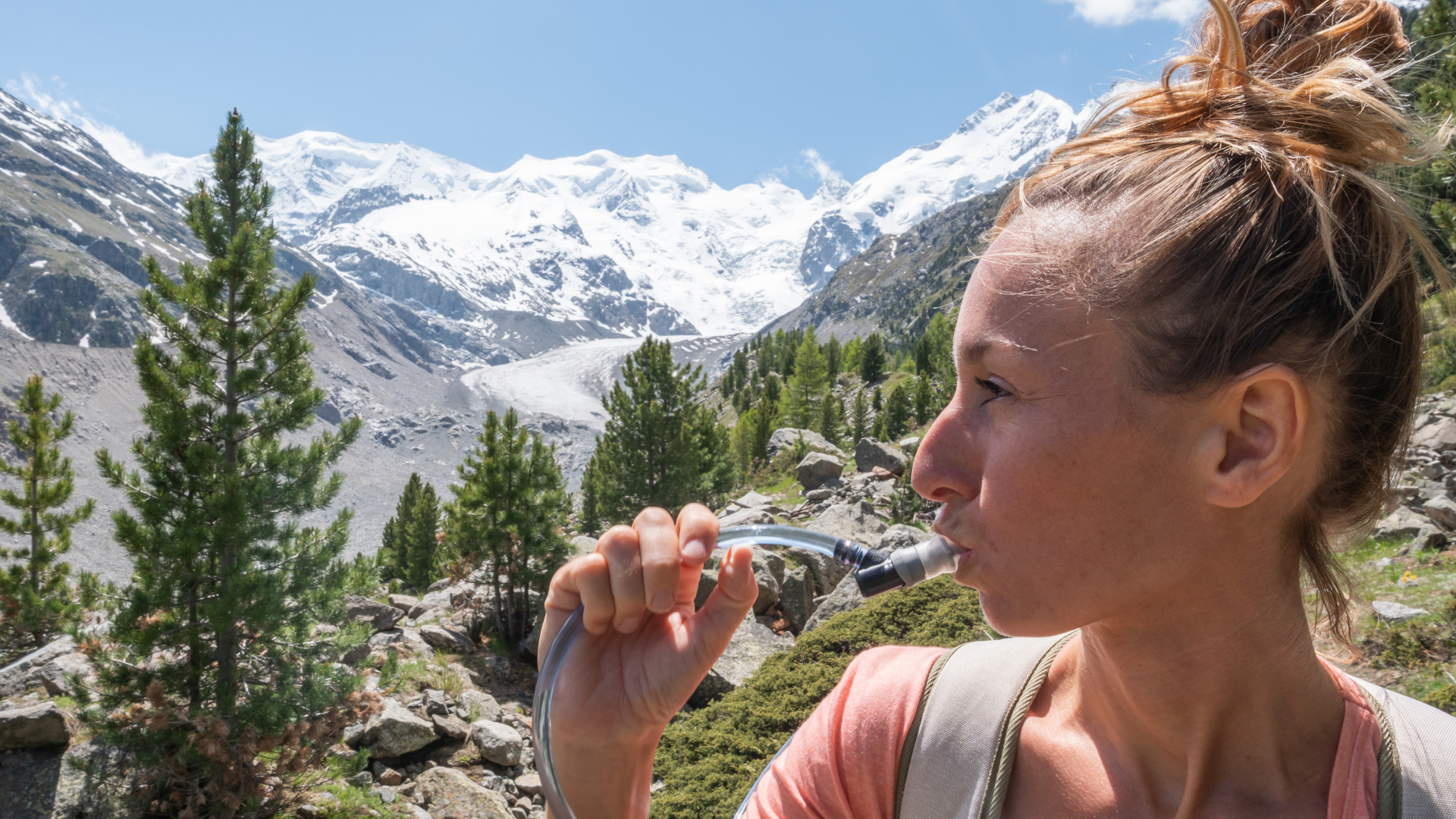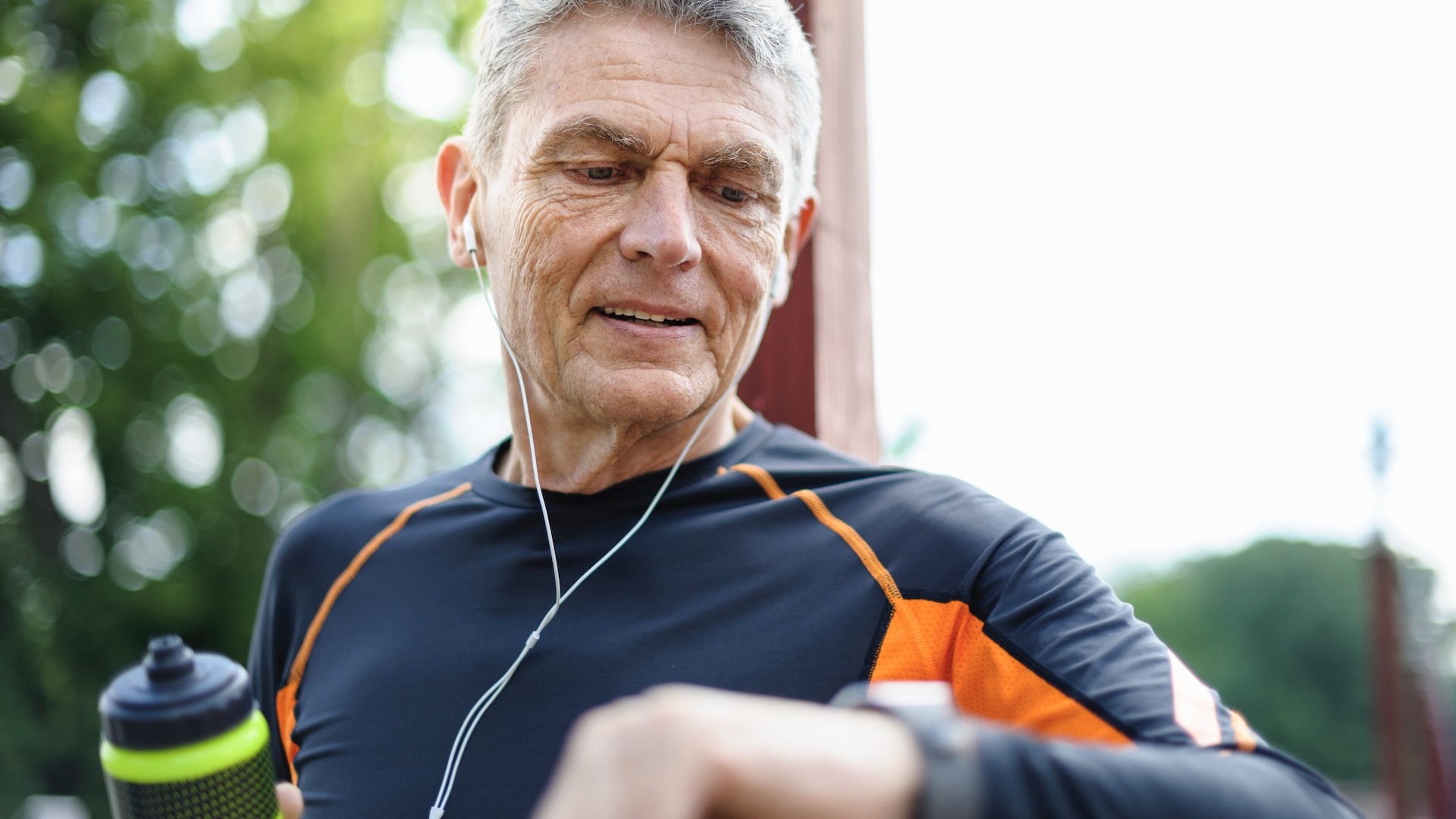5 expert tips for exercising outdoors safely during the heatwave
With temperatures set to soar this weekend, we sourced some expert tips for exercising outdoors safely in hot weather

With temperatures soaring on both sides of the Atlantic this weekend, it’s more important than ever to take care of your health – and hydration – when you’re exercising outdoors. Whether you’re hiking, rock climbing or running in hot weather, exerting yourself outdoors at high temperatures increases your chances of dehydration and heat-related conditions like heatstroke.
“Exercising in the heat can lead to fatigue and at worse illness and injury. Naturally, given this, it can also affect your performance,” says Dr Jeffrey Aldous, senior lecturer in exercise physiology at the University of Bedfordshire.
“Fortunately, there are a number of easy ways to adapt to the heat. Knowing what they are will ensure that a spell of hot weather does not affect your performance or safety if you choose to exercise during a heat wave.”
There are certain preparations you can make before leaving the house which can help, such as knowing what to wear for hiking in hot weather, but Aldous offered the follow five tips for staying safe once you get outdoors in the coming days.

1. Stay hydrated
Due to the high temperatures, you’ll be sweating more than usual even when you’re not moving, and that means you’ll be losing both fluids and electrolytes. Don’t even think about leaving the house without your best hiking water bottle or a good hydration pack. Aldous recommends drinking 2-3 liters of water throughout the day to stay hydrated, and using sports drinks to replenish your store of carbohydrates and electrolytes.
“If you can record your body mass, both before and after your exercise, try to consume 1-1.5 litres of water for every kilogram of body mass lost. When dehydrated, your heart will need to work harder as the viscosity (that is the resistance) of your blood goes up, making it more sticky and harder to pump blood around the body.”

2. Douse your head
If you’re out running in the heat, Aldous suggests carrying water to pour over your neck and head, or if you’re camping in hot weather, pitch your tent near water so you can routinely splash some water on yourself.
All the latest inspiration, tips and guides to help you plan your next Advnture!
“Rather than reducing core body temperature during your run, this might help to reduce your perception of the heat. This makes you feel cooler and comfortable in the heat,” he explains.
3. Slow down
If you are undertaking a fast-paced sport like running, no matter what your current performance goals are, Aldous urges you to slow down and temporarily change your expectations regarding your running pace and distance, for your own safety.
“A heatwave is not the time to try and set your 5km record. Exercising in the heat elevates your core body temperature and if you slow down this rise will be less pronounced, allowing you to continue exercising for the full distance or duration in your training schedule. Rethink the time and distance you would like to cover too, as prolonged periods of time in the heat can be dangerous!” warns Aldous.

4. Avoid the hottest times of day
If you have some flexibility in your schedule, try not to exercise during the hottest time of the day, which is usually the afternoon, and instead get outside when it is cooler in the early morning or evening hours.
“Radiant heat gain directly from the sun is at its greatest in the afternoon and lower during the morning or evening periods. This will decrease the physiological strain on your body during exercise,” explains Aldous.
5. Choose a shaded route
The safest option is to avoid strenuous activity during a heatwave, but if your run really can’t wait then Aldous advises you to plan your route carefully.
“Look for shaded areas where direct heat gain from the sun will be lower. Finding areas where there is a breeze can help remove the sweat beads that appear on your skin and maintain evaporative heat loss.”
- How to choose sunscreen: advice for runners and hikers
Julia Clarke is a staff writer for Advnture.com and the author of the book Restorative Yoga for Beginners. She loves to explore mountains on foot, bike, skis and belay and then recover on the the yoga mat. Julia graduated with a degree in journalism in 2004 and spent eight years working as a radio presenter in Kansas City, Vermont, Boston and New York City before discovering the joys of the Rocky Mountains. She then detoured west to Colorado and enjoyed 11 years teaching yoga in Vail before returning to her hometown of Glasgow, Scotland in 2020 to focus on family and writing.

